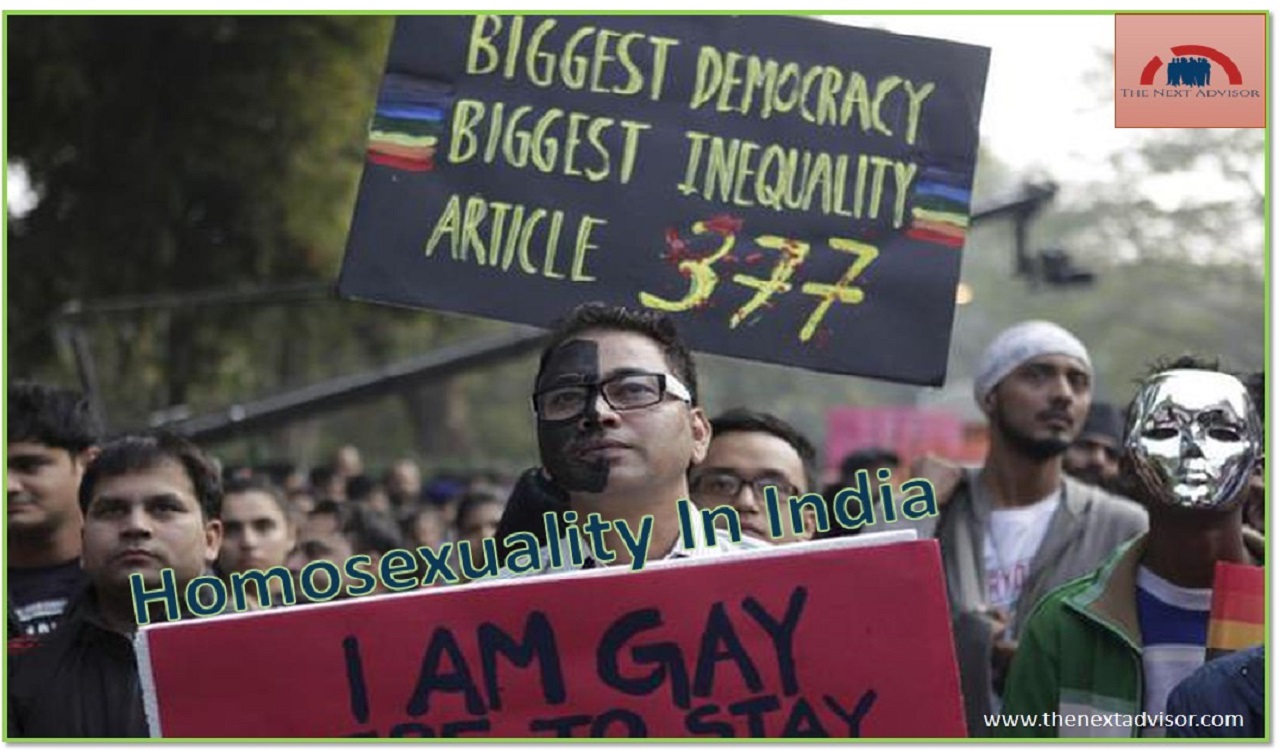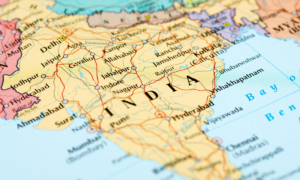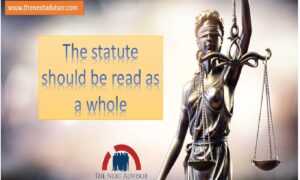Today, I explained the 5 case laws which help you can understand Section 377 of IPC, which talks about Homosexuality In India. These cases speak volumes about Homosexuality in India.
- Naz Foundation Case – Naz foundation V. Govt. of New Delhi
- Suresh Kumar Kaushal V. Naz Foundation
- NASA V. Union of India & org
- Justice K.S Puttaswamy V. Union of India
- Navtej Singh Johar V. Union of India
Homosexuality in India
So, The first case is a Naz Foundation case.
Naz Foundation is an NGO that deals with HIV aids and other health issues. The question, in this case, is whether section 377 should be removed or not. The court is dealing with two angles in this case. First is Article 21. In it, the court said that without dignity and privacy any person is not able to enjoy the right or live. The second is, the concept of the right to equality, the Honorable Court said that Section 377 is the violator of Article 14. Why, because it has an undiscriminating description. It discriminates the Homosections as a class.
The second important argument in Naz foundation Case is-
Under Article 15 discrimination based on sex is prohibited. At now the meaning of sex is not only biological sex but it is also sexual orientation. In 2009 by announcing the landmark judgment of the Naz Foundation The Delhi High court said that- that part of section 377 which criminalizes homosexuality should be banned.
Now, after 2009 let’s go to the Suresh Kumar Kaushal V. Naz Foundation of 2013. In this case, the two arguments occur. The First is, Homosexuality in India is a criminal offense, only the parliament has a right to decriminalize and the court has no right to interfere in it.
The second is, that the right to privacy can’t extend it so much, inside it you should do another occur. So, the right to privacy is not under the Homosexual Act. So, after the case of the 2009 “Naz foundation,” persons who are trying to disclose their identity freely expressed their opinions about Sexual orientation be seems as criminals, and these persons were targeted. To understand the judgment of 2013 means the judgment of Suresh Kumar’s case You can see the very interesting movie named ALIGARH. In this movie, this travesty of justice is well explained.

Homosexuality In India
Now, let’s go to the case of NALSA V. Union of India & org 2014. in this case, that loophole is come out that all of our existing laws are focused on the Male or Females and not protect the transgender community.
By dealing with this loophole Supreme court recognized multifaced rights for the transgender community.
The Supreme court said that under Article 14 the rights are enjoyed by any person including the man, women, and transgender all. Under Articles 15 and 16 gender-biased discrimination is prohibited, so if there is discrimination on the ground of sex then it is a violation of Articles 15 and 16 of the Indian Constitution. After that Supreme Court said that Privacy, gender, identity, and integrity all are protected under Article 19(1) (a). In this article, you can include article 377 indirectly. Then come to Article 21, In this, the Honorable court said that the right to live to leave dignity includes the right to choose gender identity.
So due to Nalsa’s case, Self and gender identity got equal treatment and also got legal recognition.
Now, let’s come to the case of 2017, Justice K.S Puttaswamy V. Union of India. In this case, the Supreme Court said that family right is fundamental discrimination. In this case, the 9-judges bench was constituted. Honorable Justice Chandrachud was the author of this judgment. Justice Chandrachud said the Supreme court has a responsibility to rectify the mistake done in the Suresh Kaushal case. He said Sexual Orientation is an essential attribute of privacy. And maximum rights of part 3 of the Indian constitution are the protection of sexual orientation.
Now, the case is “Navtej Singh Johar V. Union of India” which was declared partially unconstitutional to Section 377 of IPC. In this case, the 5 judges’ constitutional bench and Justice Chandrachud applied the same logic as K.S purraswamy case. consists that with the support of article 14 the Supreme court said that consenting sexual acts should be criminalized only because they are Homosexual, this is not an intelligible differentia and also not a rational nexus. Supreme court held for the conditions of Article 15 of the Constitution, that at the time of the Nazthe foundation case approach of Delhi High Court that sex should include Biological plus Sexual orientation was the right approach. And this approach reflects our improved understanding. Supporting Article 19, Chandrachud said that we can not define human sexuality narrowly. Discrimination against LGBT is unconstitutional. And Article 19 give the right to every citizen to express their identity.
Finally, with the support of article 21, The Supreme Court said the Right to life and liberty supports Privacy, dignity, and autonomy. You can curtail these rights in reasonable situations but you can not restrict anyone to enjoy these rights. And said that Homosexuality is legal.
























